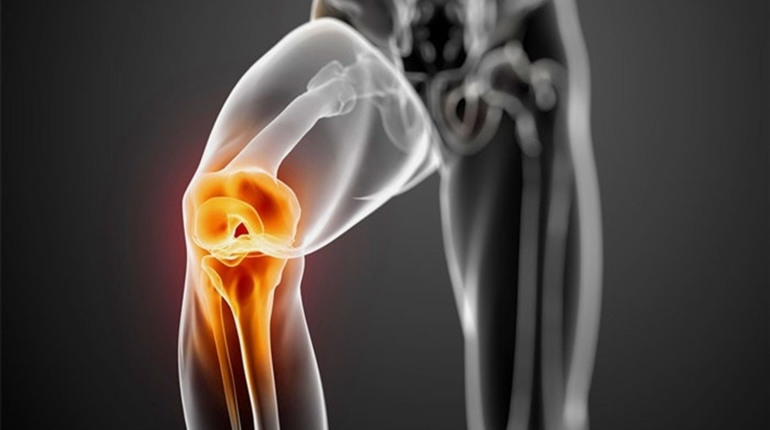Many reasons exist for why knee pain can occur. Ignoring these issues can worsen symptoms making treatment difficult. If under different conditions you’re feeling pain within the knee joint, then you need to contact the diagnostic center and, in the case of complications, start treatment.

Knee pain after running
Knee pain often occurs after running. In most cases, knee pain after running is harmless. It is going to disappear no later than 2 days later. When the pain is extremely severe or persists for some time, you need to consult a physician which will help prevent playing sports. There can be inflammation from the knee joint. Other possible reasons:
– In beginners, the connective tissue and articular cartilage is probably not adapted on the increased load.
– The runner already has cartilage damage, so there is definitely an inflammatory response after having a workout.
– Inflammation in the knee joint with bursitis.
– The patella just isn’t exactly adapted on the model of the sliding channel in the thigh.
Misalignment, such as bending your legs or bending your legs, can aggravate knee pain following a run.
Knee pain after standing
Pain occurring after a period of physical rest possibly at a sluggish start movement is known as starting pain.
– Osteoarthritis in the knee (abnormal wear with the cartilage within the knee joint, also referred to as knee osteoarthritis) is the most common cause of morning knee pain and starting pain inside the elderly.
– Patellar Tip Syndrome: In cases like this, the tendon attachment site that connects the kneecap to the tibia becomes inflamed. At the outset of the movement there exists a stabbing pain, which subsides after warming up.
– In the elderly, degenerative diseases in the cartilage and meniscus are often the cause. Wear and tear on the knee can result in meniscus tears, cartilage wear, and osteoarthritis with the knee.
– Such degeneration can even be caused by older sports injuries which have not fully healed and accelerate the damage and tear with the knee joint.
Knee pain when climbing stairs
Possible factors behind knee pain when descending a mountain:
– The cartilage inside the femur is damaged, therefore the patella still can’t glide properly.
– Bursitis causes force on the sliding tissue in front of the patella and underneath the patellar tendon.
– There is a tear or damage to the cruciate ligament. A knee without cruciate ligament is unstable during certain movements and arches for the sides.
More information about knee pain browse this web site
